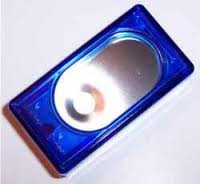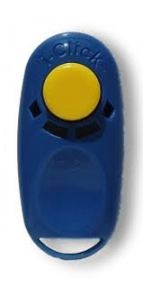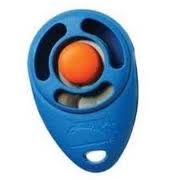In the last foundation post, I introduced the ABCs of ABA. Antecedent, Behavior, and Consequence. Today I am going to introduce another set of letters: the SD. SD stands for discriminative stimulus (read: ess-dee). In an operant condition, such as the ABC examples I posted last time, the SD is basically the same thing as the antecedent stimulus. It is the stimulus that preceded the behavior in the past that resulted in a consequence.
In the “sit” example,
| Antecedent | Behavior | Consequence |
| owner says “sit” | dog sits | owner praises and pats dog |
the owner saying “sit” is considered the SD. The owner saying “sit” is correlated with the fact that if the dog emits the correct behavior (sitting down), reinforcement is available. However, if the dog lies down instead, the owner will not (or should not, at least) give the dog praise.
This is a big problem in dog training when the owner is not clear with her dog about what behavior she wants. Many dogs will default to sitting down when they see a piece of food in their owner’s hand. Or they will sit when the owner stands a certain way in front of them. This just shows that the SD in those cases are not the vocal cue “sit”, but the presence of the food or the owner’s stance. If your dog only sits when you have food in your hand, that’s because you’ve taught them that’s the SD for sitting – you want to change that as soon as you can. I will be posting a “sit” protocol on this blog soon!
A human example: see chocolate bar (SD): open chocolate bar (behavior) –> eating chocolate (consequence = yum). The presence of the chocolate bar in the future will most likely end up with you eating it. Because it’s automatically reinforcing.
In summary, SDs are basically the signal that tells someone or something what behavior to emit.

 or this:
or this:  or this:
or this: 